14
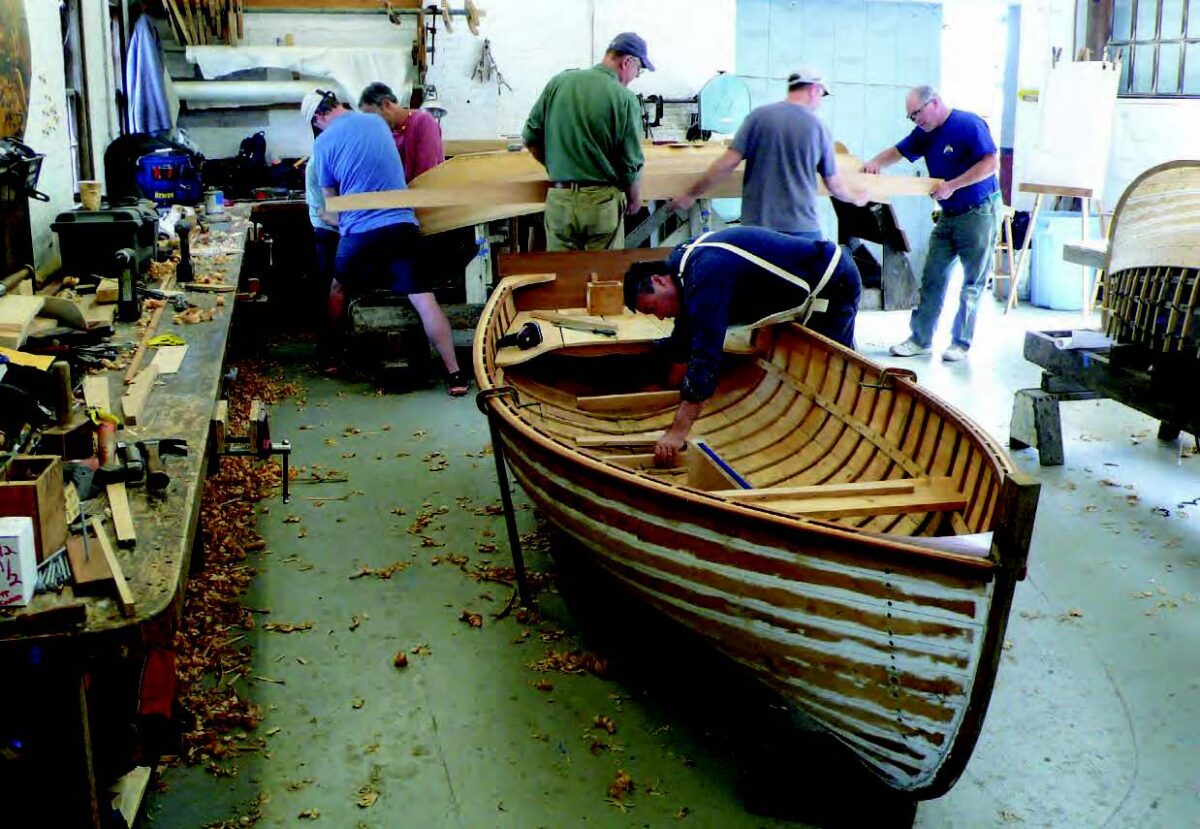
Technique
Six Ways to Build a Wooden Boat
A guide to common construction methods
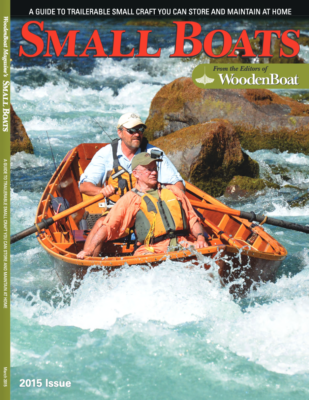
Editors Page: Small Boats, Monthly
Eight years ago, we published the first issue of Small Boats. Available on the newsstand only and published but once per year, it was meant to be a highly visual catalog of the best small craft you can build or buy. The reaction to it was clear and immediate: Many readers wanted to see it published once per month… Continued on Page 5 of PDF version.
14

Technique
A guide to common construction methods
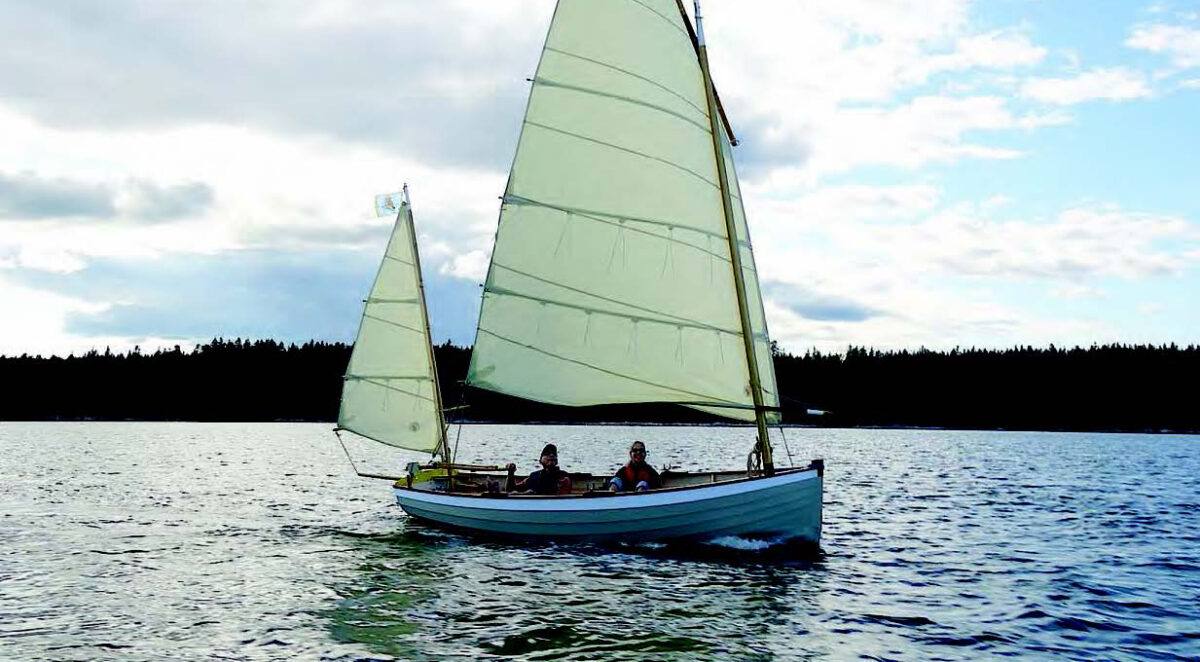
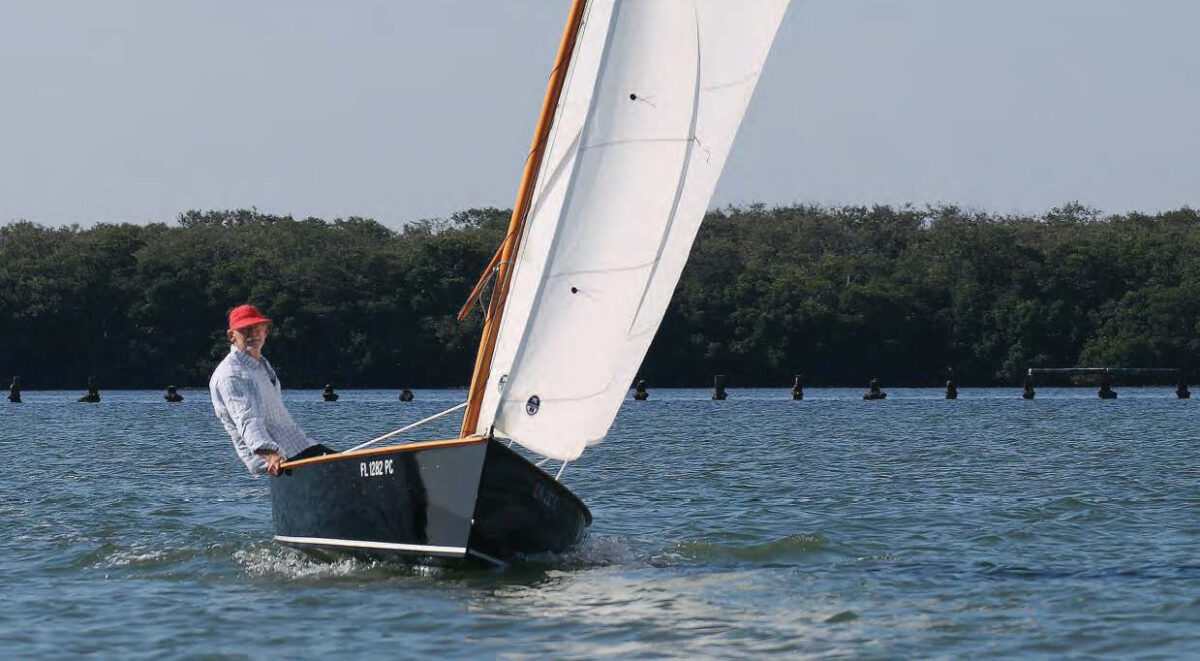
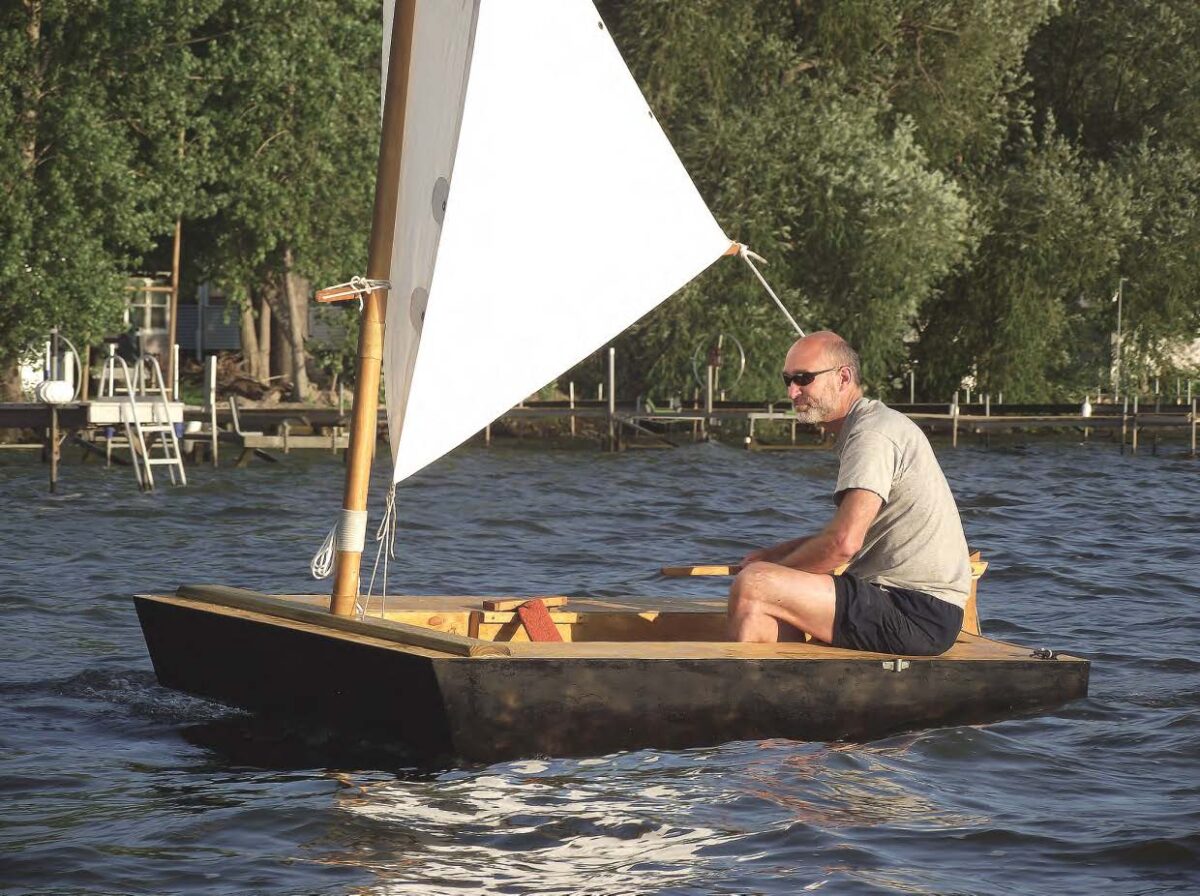
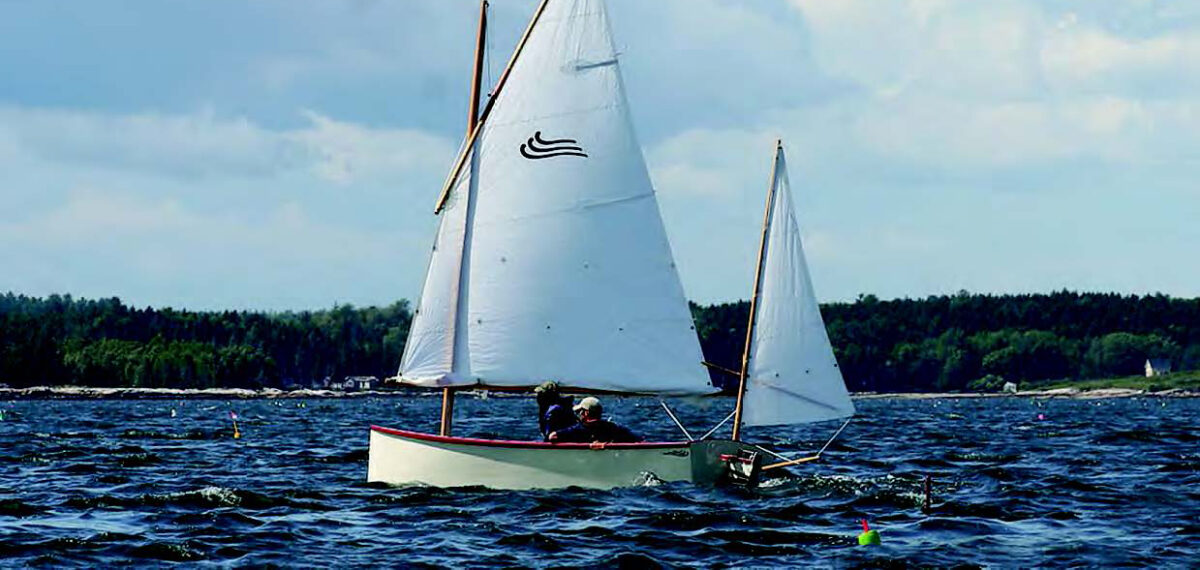
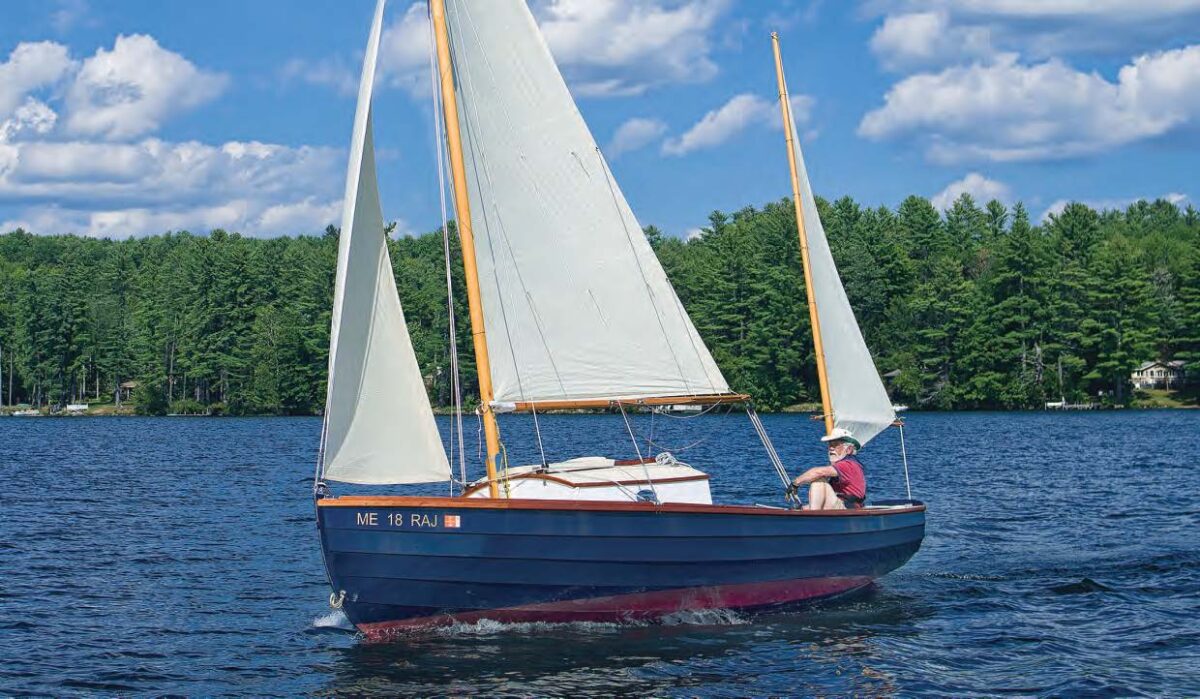
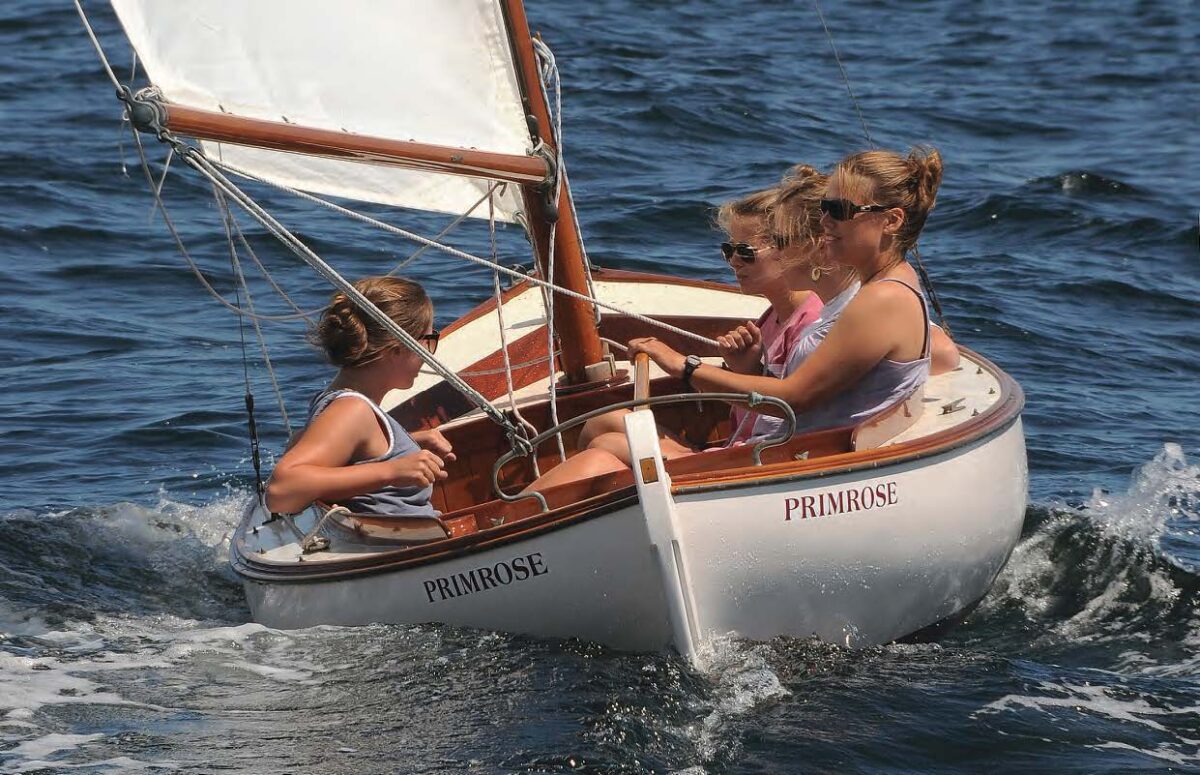
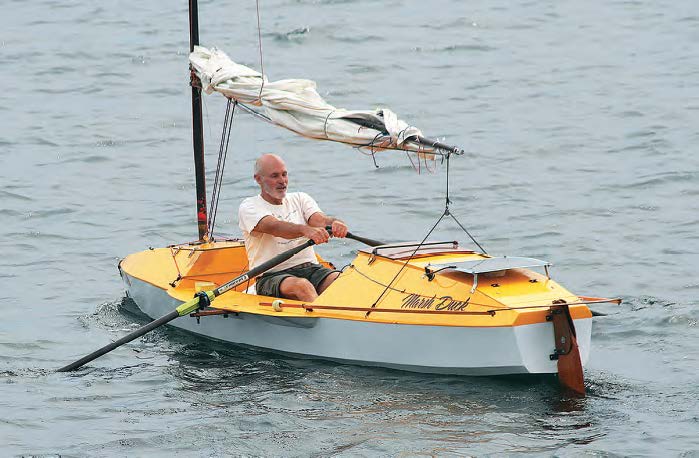
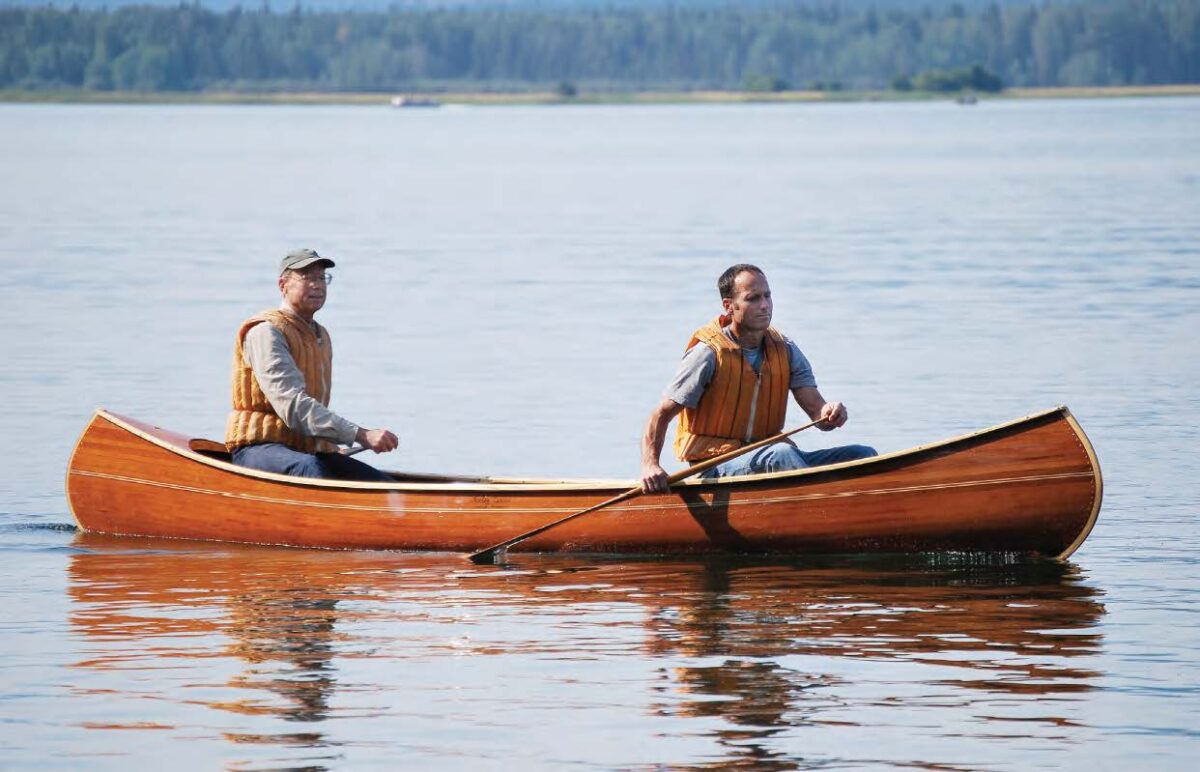
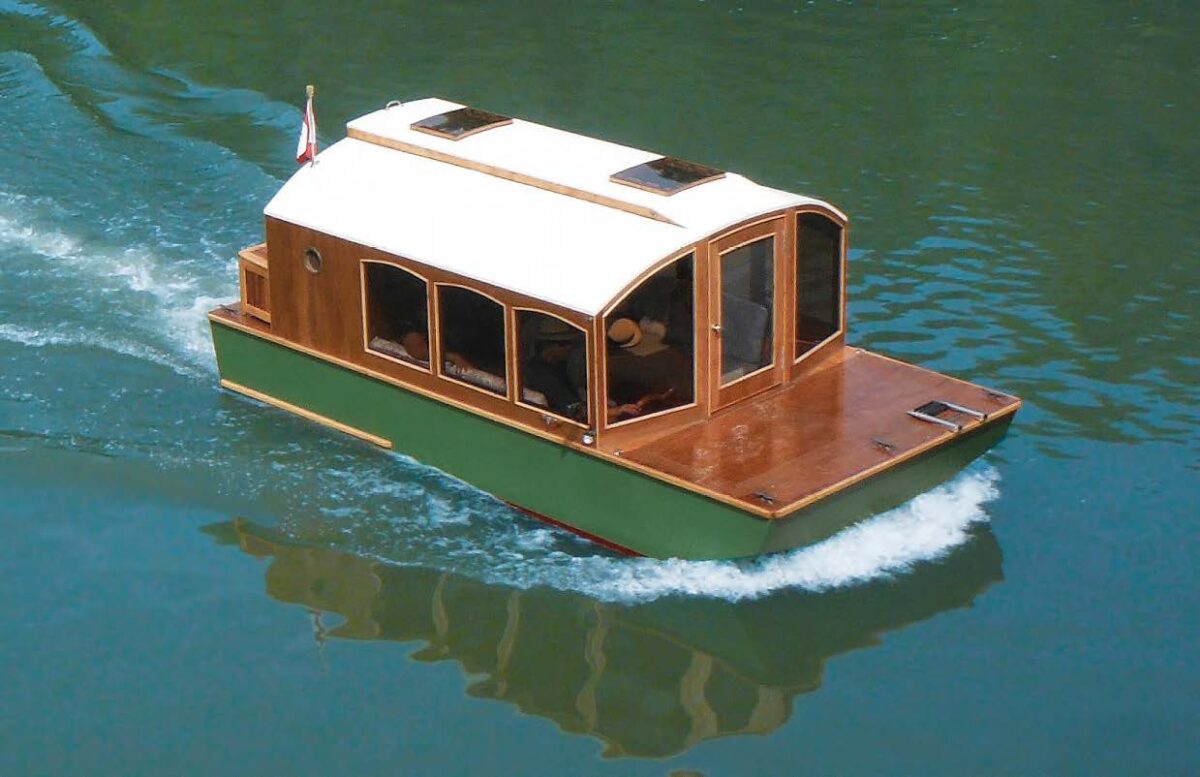
A charming house and camp boat
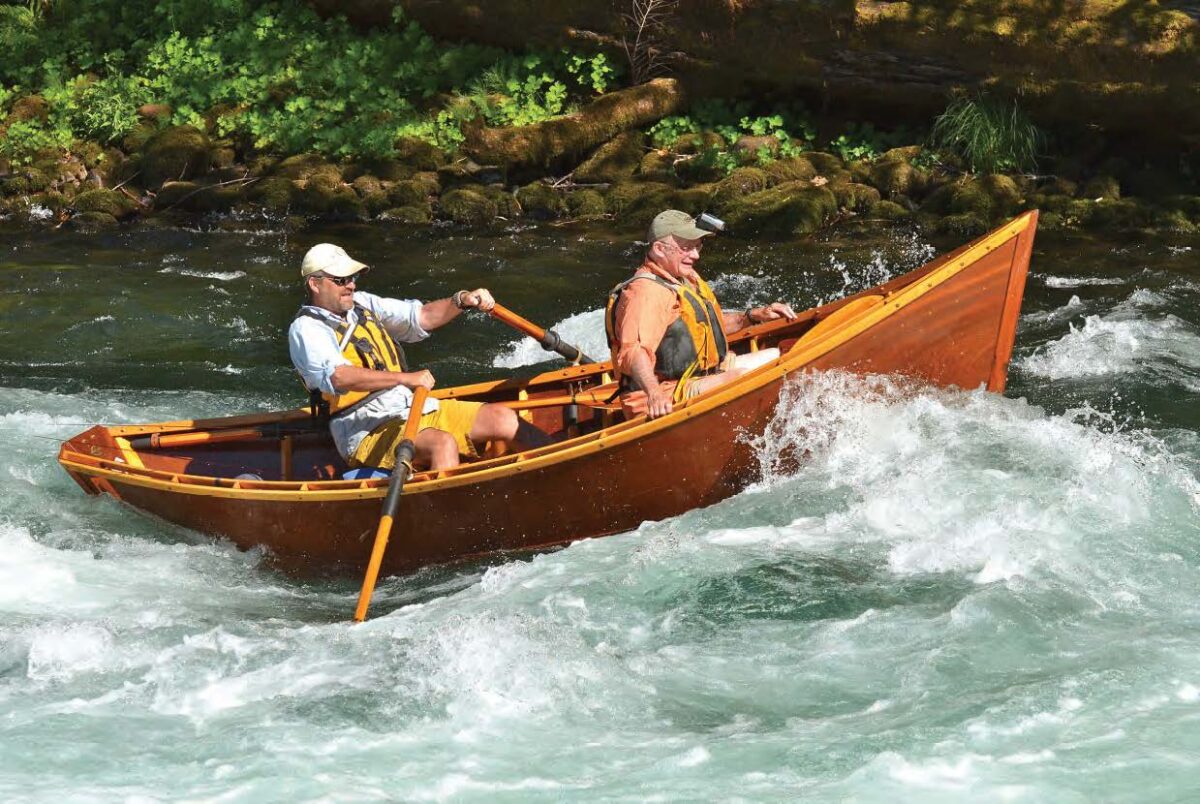
A McKenzie-style drift boat
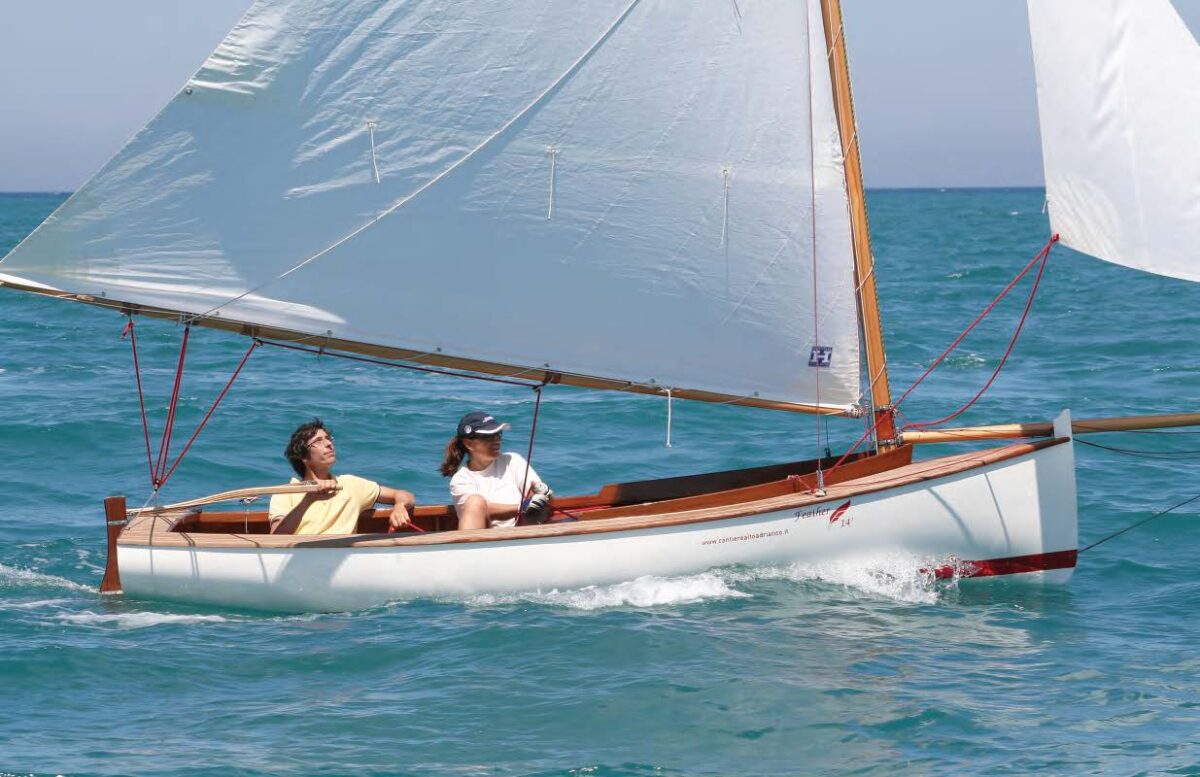
A lifetime of inspiration
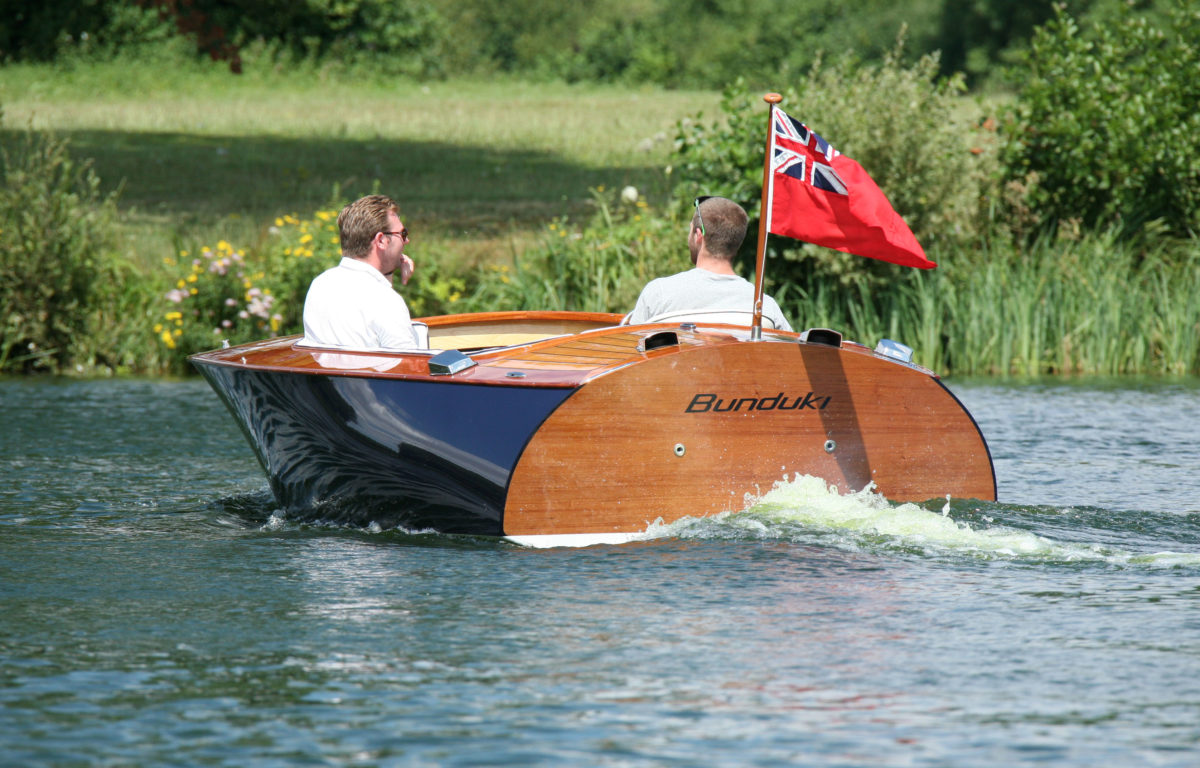
Boat Profile
In the spirit of a classic Donzi
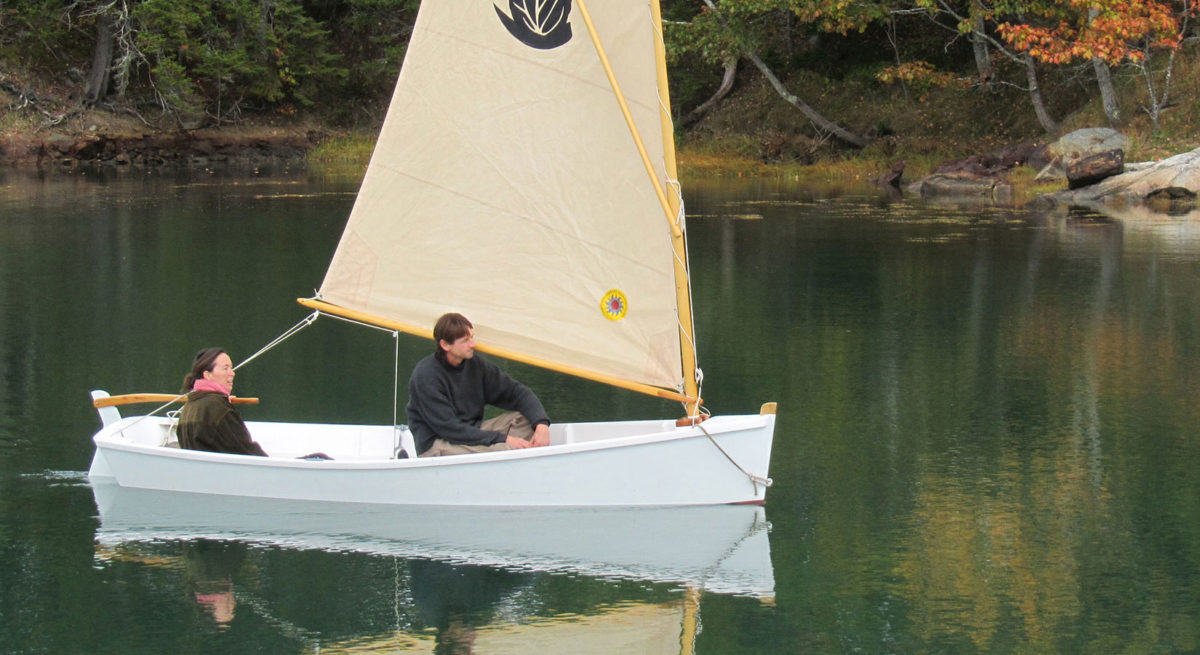
Boat Profile
A study in simplicity
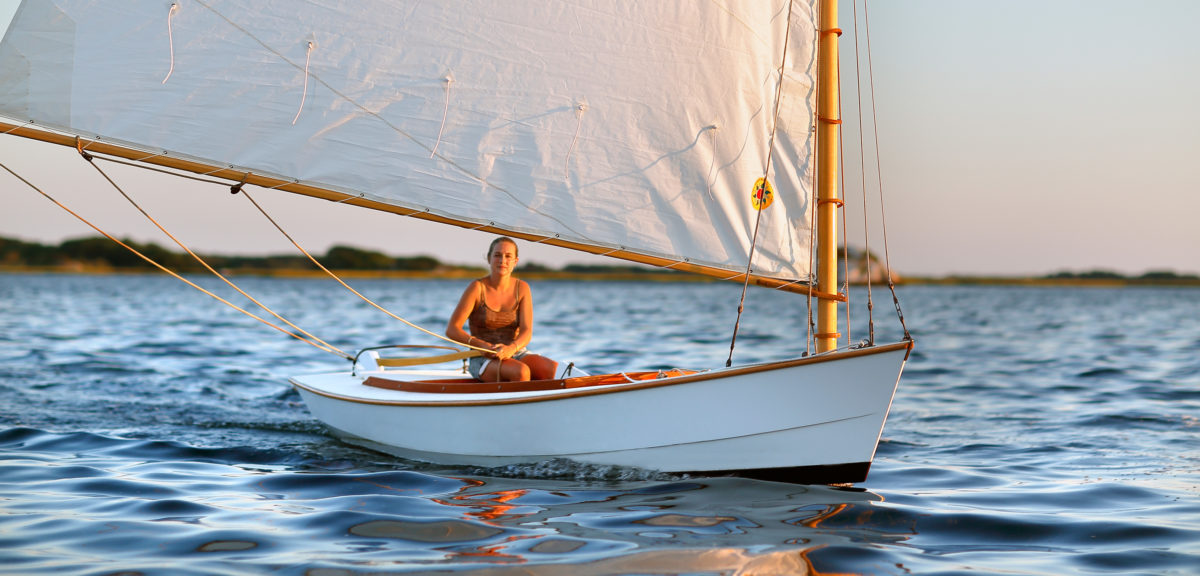
Boat Profile
A 21st-century makeover for an early-20th-century design
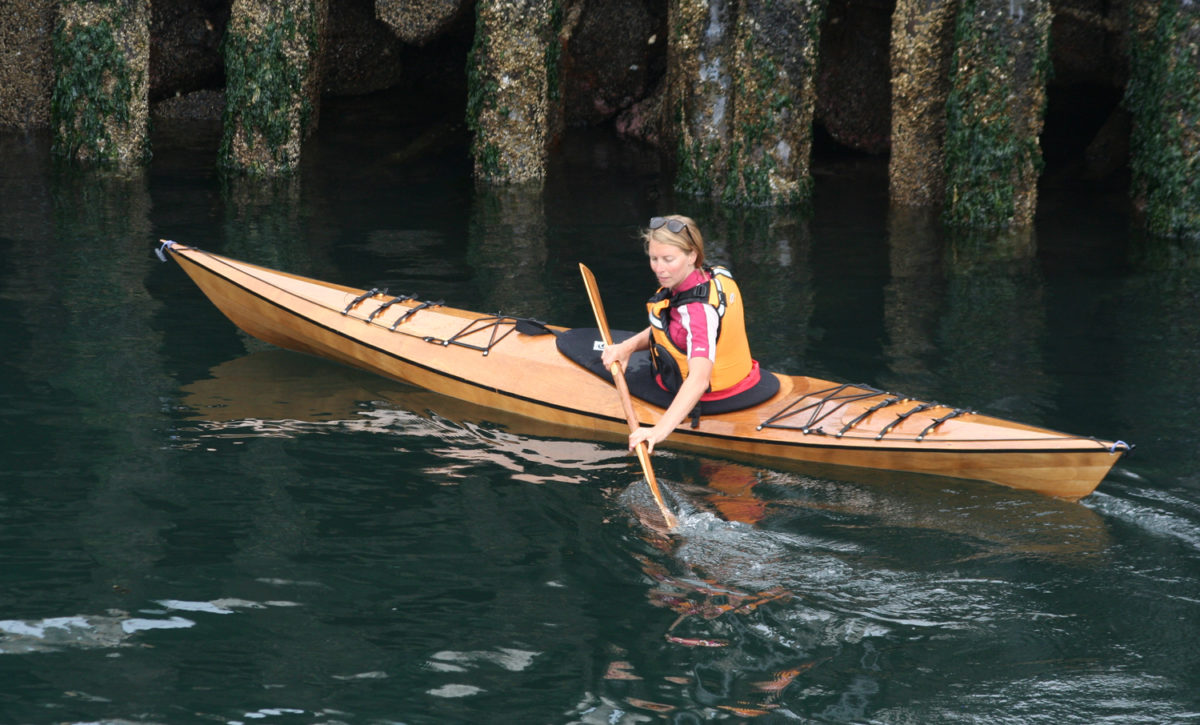
Boat Profile
Two comfortable sea kayaks
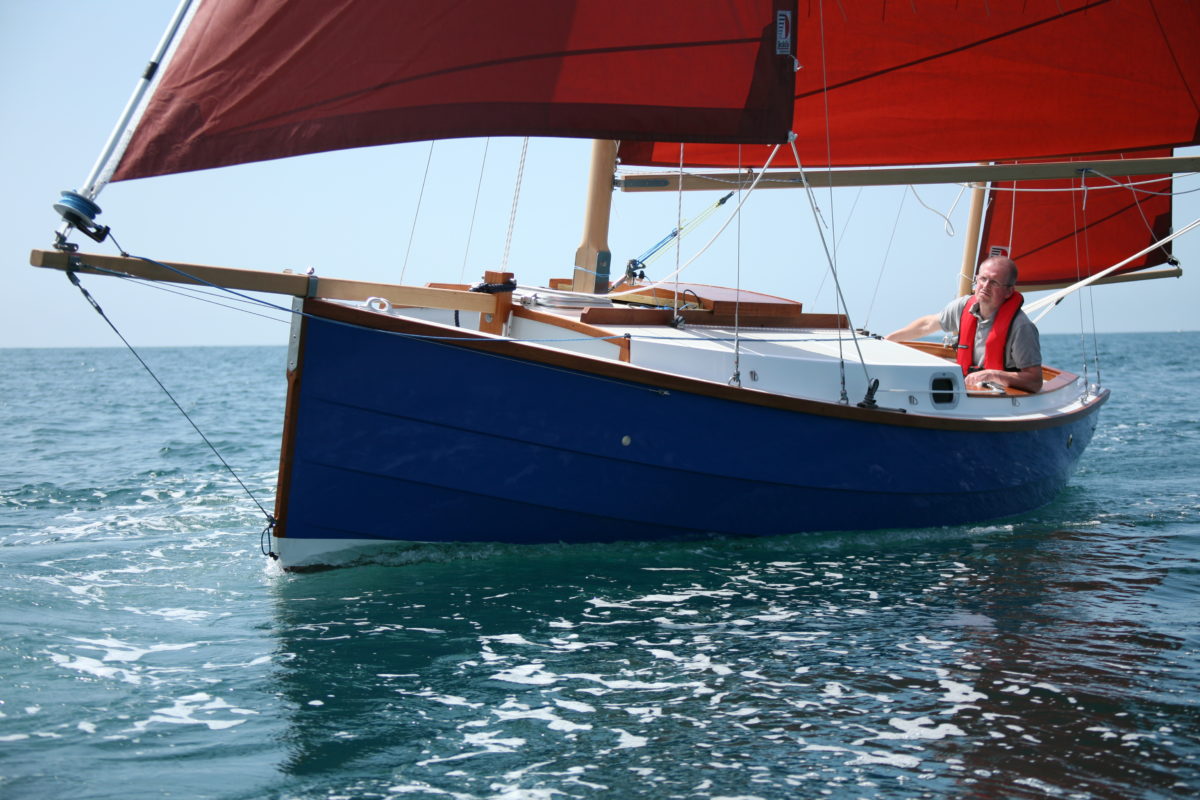
Boat Profile
A daydream turned real
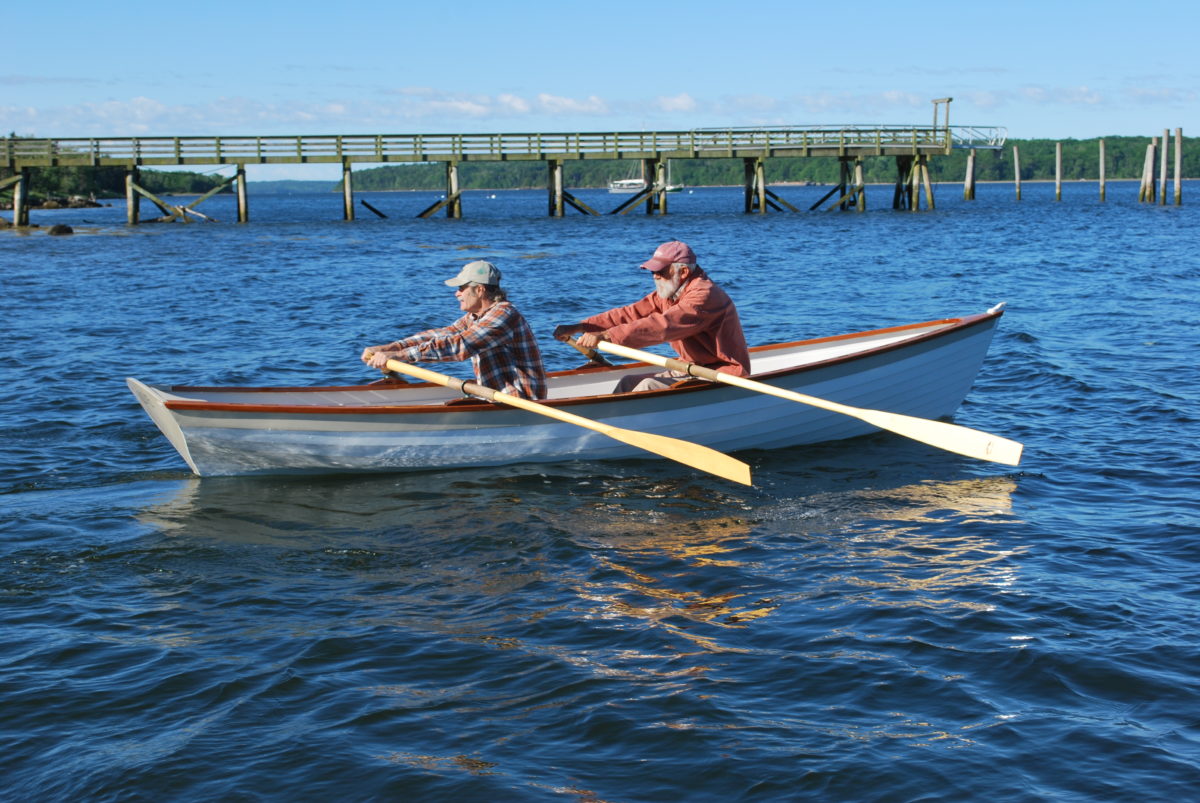
Boat Profile
A nicely mannered rowboat
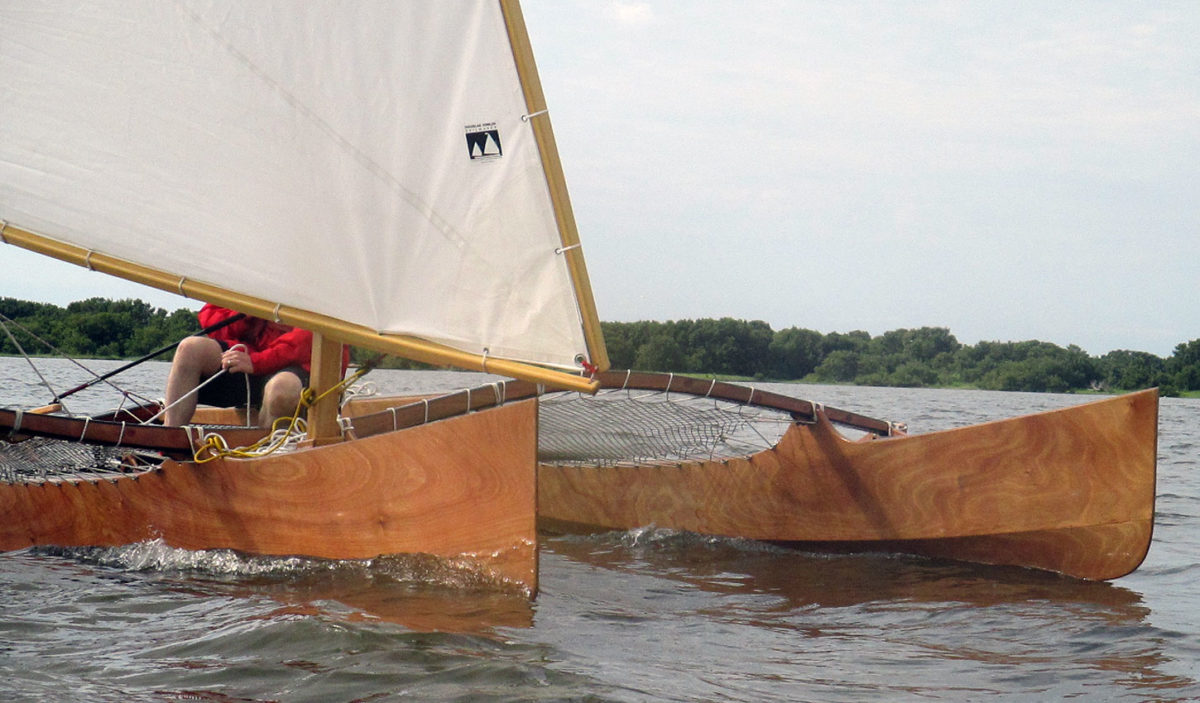
Boat Profile
A modern form of an old idea
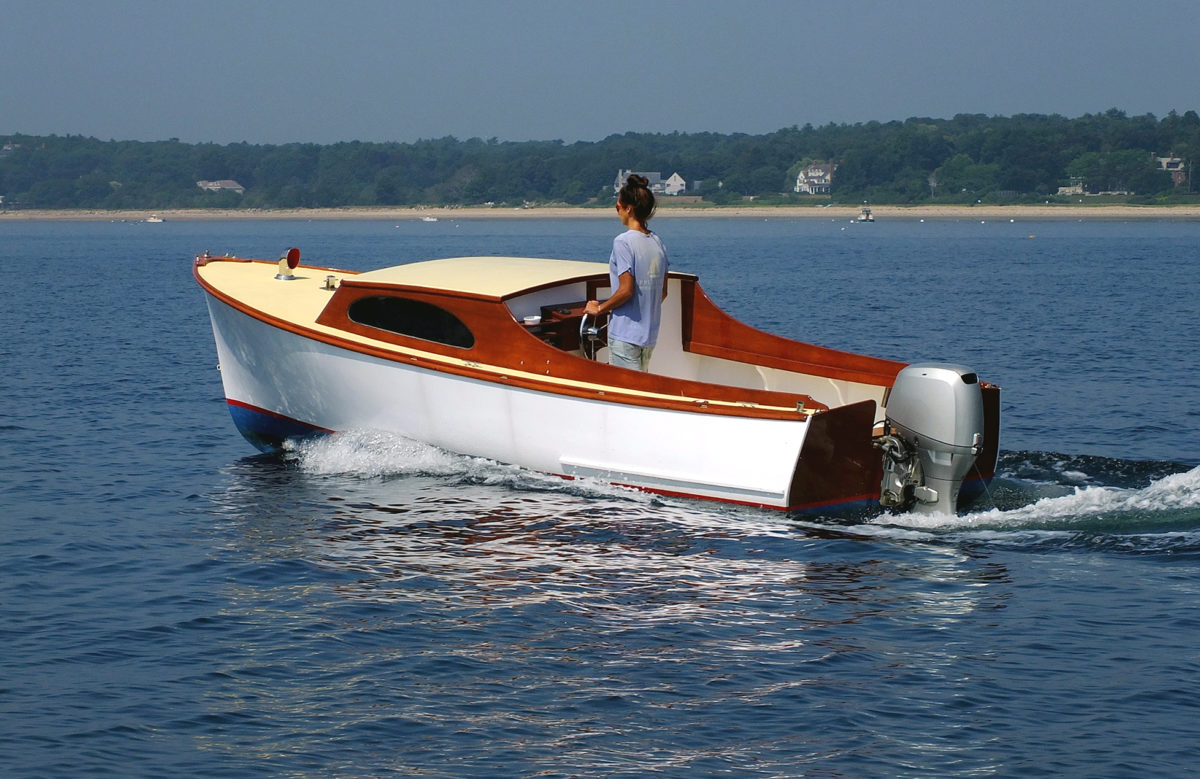
Boat Profile
A 1950s design still relevant today